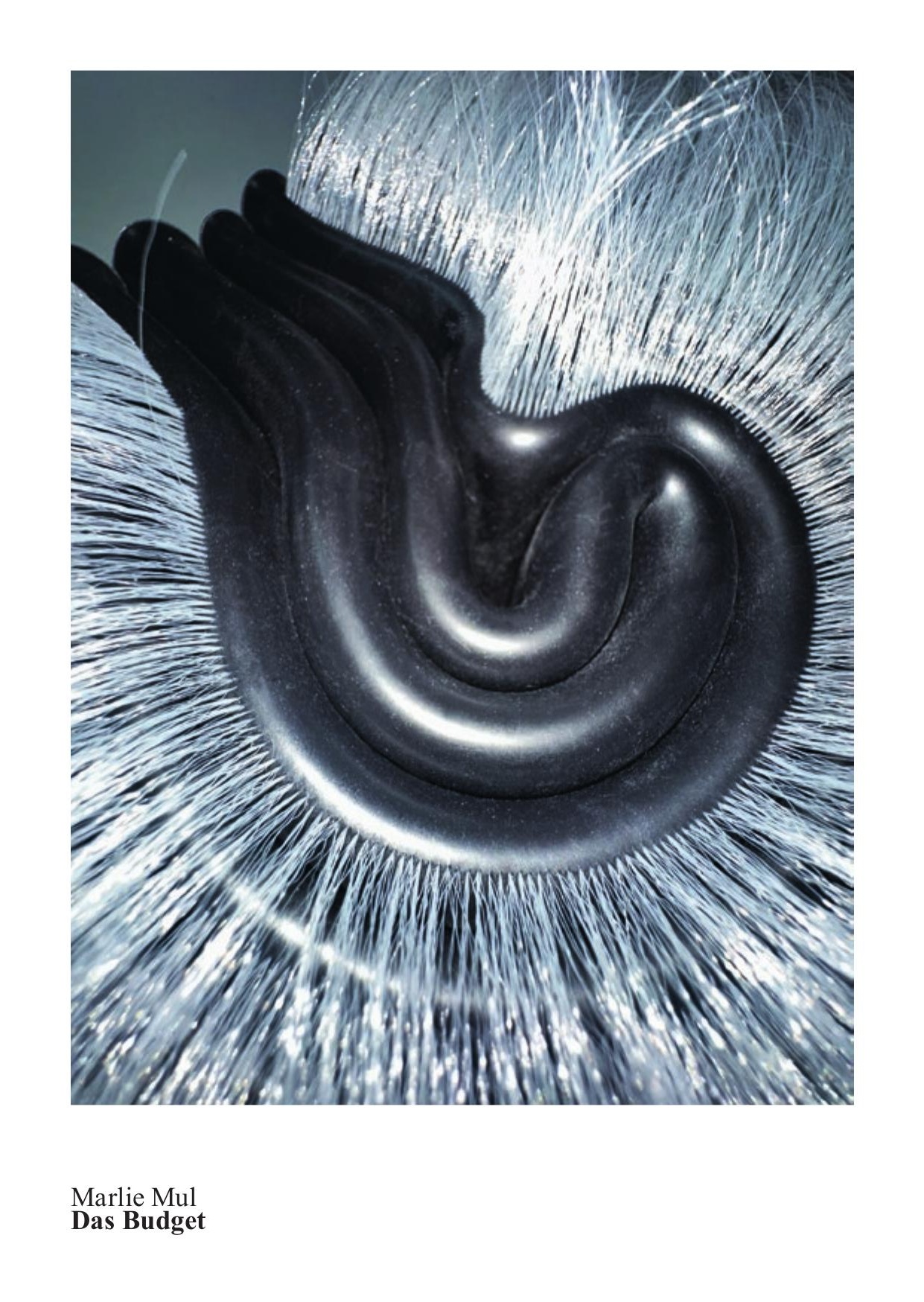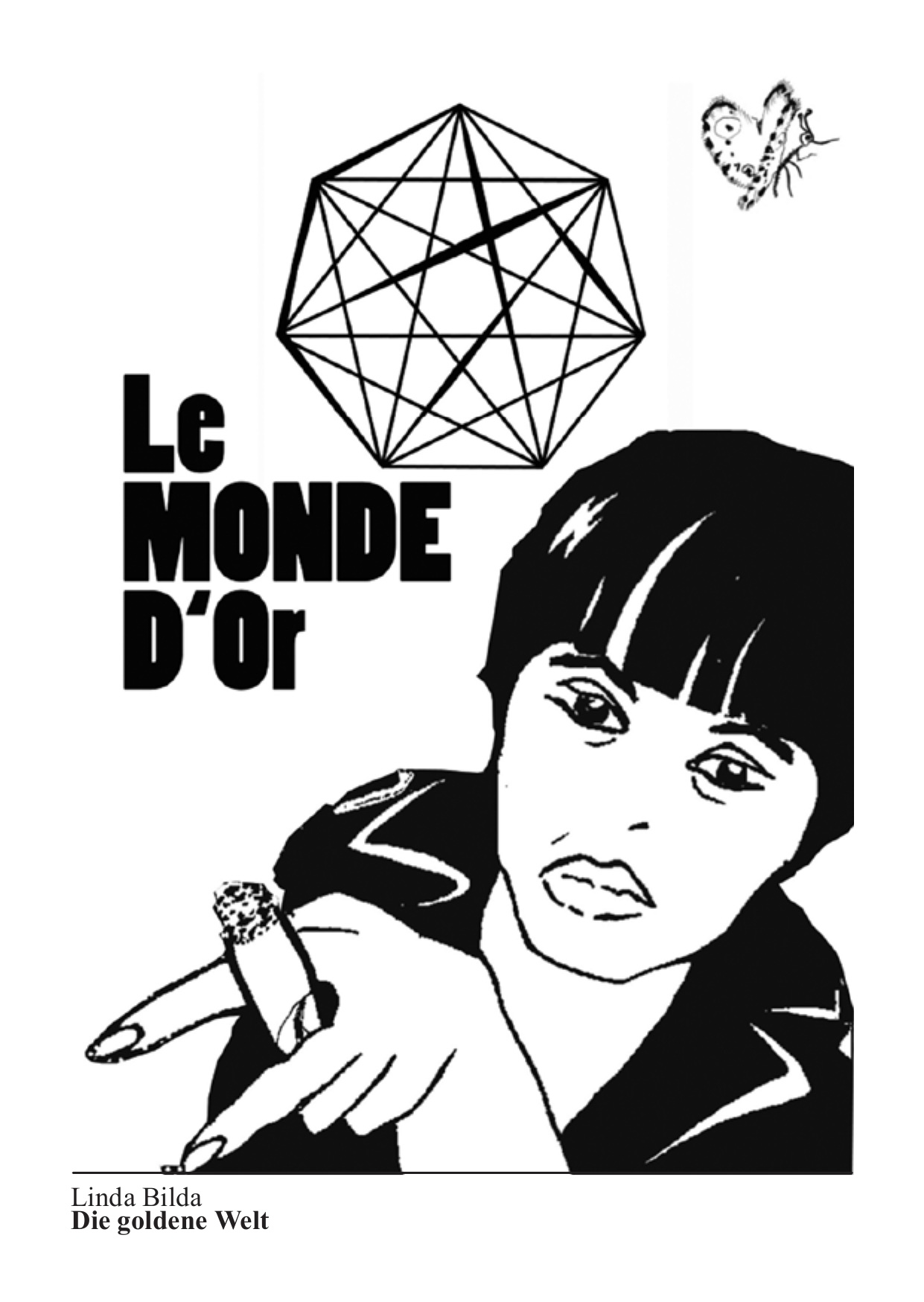9.9. – 18.11.2012
Unter 30 VIII - Junge Schweizer Kunst
The Kiefer Hablitzel Foundation is one of the most important Swiss foundations for the promotion of up-and-coming culture. In the context of its sponsorship programme the foundation holds an annual competition for visual artists under 30. After a multi-stage selection process by a professional jury the prize-winners are introduced at the Swiss Art Awards during Art Basel, and then presented with a new work in an exhibition in a Swiss museum. This year, out of 156 entries, 16 artists were invited to take part in the second round of the competition, showing their works during the Swiss Art Awards. There 10 positions were awarded a prize by the Kiefer Hablitzel Foundation. In 2012 the exhibition is being held at Kunsthaus Glarus for the first time. This will once again give this year’s prize-winners the chance to show their work in an institutional context. The art prizes, the series of exhibitions and the large bilingual catalogue published by the Verlag für moderne Kunst Nürnberg will now receive additional support from the Ernst Göhner Foundation. The presentations provide a good insight into the quality of young Swiss art. This year the jury of the Kiefer Hablitzel Foundation was particularly struck by the consistently high quality of the works presented. These are distinguished by a broad and interesting spectrum of media, including older techniques that have been picked up in a contemporary form by the young generation. The video works also demonstrate the variety of ways in which the medium is used today.
Michael Meier & Christoph Franz (*1980/*1982, live and work in Zurich) prefer their works to intervene in the public space, and place subversive and critical emphases on selected contexts. In doing so, they take up themes that characterise the social surroundings of a place. In Glarus they have built a publicly accessible model of a ruined cinema in the outside space of the Kunsthaus. The installation with the title Kino (engl. Cinema, 2012) recalls the vandalism done to the closed-down cinema in Glarus two years ago, and the local situation of a lack of open spaces for the young people and other social groups of Glarus, who currently meet every evening in the park around the Kunsthaus. The ruined cinema also subtly recalls the artistic ruins in landscaped 18th-century gardens which, as places of mental refuge, offered an alternative to the corseted reality of everyday life. The choice of place flanking the Kunsthaus is both precise and provocative. High und low meet in multi-layered ways and provoke discussions.
Claudia Comte (*1983, lives and works in Lausanne and Berlin) has for some time worked predominantly with wood, often shaping it with a chainsaw into organically abstract forms which, with their refined materiality, form and spatial embeddedness, move deftly between abstraction and figuration, installation and interior design, sculpture and craft. In the installation No Lemon No Melon (2012), awarded the Kiefer Hablitzel Prize, she brings together sawed wooden panels, wooden sculptures and plinths into a mini-exhibition associating sculpture, painting and architecture at the same time. Her work refers both to European modern art, and to the contemporary treatment of archaic natural forms and references to folk culture. At Kunsthaus Glarus, Comte is showing a site-specific installation of tree-trunks scorched with a blow torch and an abstract wall painting in the side-light room (Seitenlichtsaal).
Augustin Rebetez‘ (*1986, lives and works in Mervelier, JU) fantastical cosmos feeds on both ancient mythology and iconography and on the poses of grim contemporary pop culture. Rebetez brings together all kinds of ghosts and other creatures in wall-sized collages of different-sized colour photographs. He extends the installation into the space with objects deriving from a similar pictorial world. The (proverbial) animation of the fantasy worlds through the technique of stop-motion occurs through videos that are often integrated into the installations. At Kunsthaus Glarus he is showing the stop-motion animation film Maison (2012), with which he won the Kiefer Hablitzel Prize, along with a wall-sized series of new posters and photographs entitled Hyper Spiritism (2012).
The works of Dominique Koch (*1983, lives and works in Paris) are often based around texts. She removes them from their context, dissects them, looks for possible ways in which they can be recombined and thus reveals new meanings. For the video and audio work Imagine a Situation where the Rules of the Game Change (2012), which won the artist the Kiefer Hablitzel Prize, she invited four people who work professionally with language to speak about the boundaries and possibilities of language. After the discussion, which reminds of the form of a talk-show, the artist isolated the sound material as individual, separated voices in simultaneous translation. For the exhibition at Kunsthaus Glarus the recorded conversation is reassembled into a new fragmentary narrative. She has actors speak this, and presents the result as an audio work with the title A Duet (2012) in the exhibition space.
Tudi Deligne’s (*1986, lives and works in Paris) meticulous pencil drawings of uncanny figures take their inspiration from pictures, mostly photographs, which he finds on the Internet and brings together in a labour-intensive, collage-like process into new compositions, meticulously treating surfaces and textures of his motives. The subjects move back and forth somewhere between suggestion and unrecognisability und present associations between nature and technology, history and science fiction. A series of Deligne’s drawings in several parts, entitled Le Mort et le vivant, l’inerte et le mouvant (2012) was awarded the Kiefer Hablitzel Prize. For the exhibition in Kunsthaus Glarus he is extending the existing series.
Mirko Baselgia (*1982, Lantsch/GR, lives and works in Zurich) investigates naturally arising or artificially planned living spaces. He repeatedly addresses issues of functionality and coexistence within built structures. The cause and effect of these structures are in a complex relationship with one another. In the exhibition at Kunsthaus Glarus the artist presents several works such as Industrial Imprisonment London - 1811 and 2011, fragments of London city maps from 1811, the beginning of industrial development, and today in front of mouthblown antique glass. Besides the wax work Antupada – The Bee dreams up the Flower and the Flower dreams up the Bee (2012), which was also presented in Basel, Baselgia shows the new installation Pussebladads da la percepziun personala (Possibilities of Personal Perception, 2012), a brass fence, which associates multiple possibilities of perception and creation of reality with its variable forms of presentation.
The two painters Anne-Sophie Estoppey & Jean-Philippe Volonter (*1987/*1985, live and work in Montreux) have been working together since the autumn of 2011, and first created a collaborative exhibition situation for the Swiss Art Awards, featuring seven paintings of a romantically transfigured, post-apocalyptic alternative world which they place in the narrative context of a fictional utopian club of painters that exists in an underwater world. For the exhibition at Kunsthaus Glarus this series was supplemented and enriched with narrative moments of a journey into an alternative underwater world.
Elisa Larvego (1984, Geneva) engages with particular places and their social contexts in her photographic works – usually series of photographs – and videos. The series Salt Cedar (2012), awarded the Kiefer Hablitzel Prize, focuses upon the remote lives and the desert-like landscape of two neighbouring communities on the border between America and Mexico. Larvego approaches both people and landscape with a careful eye as she depicts the scrubby, fenced terrain and the people who awkwardly have to adapt their lives to the political borders. For the exhibition in Glarus, the existing series has been complemented by an additional video work.
Over the past few years Anne Rochat (*1982, lives and works in Lausanne) has attracted attention as a performance artist. Her works usually take as their starting point her own body and its physical boundaries. She confronts her body with antagonists, mostly in the form of selected materials, but also with people. In Rochat’s works, bricks, plastic tarpaulins and steel plates become both participants and adversaries and thus assume an active role. In the video of the performance Before, After, the Last (2012), which was awarded the Kiefer Hablitzel Prize, Rochat uses her teeth to tear a carpet from the exhibition space in the Musée Jenisch. During the opening at Kunsthaus Glarus she presents her new performance Jean, Jean (2012), in which two people liberate each other from their entanglement in sticky tape. In the exhibition she shows a video work, as opposed to previous performance documentations on video, for the first time. In this video, Tytania (2012), bags hung on a tree in Maputo, are dancing in the wind.
Fabian Chiquet (*1985, lives and works in Basel) works at the intersection of art, music and performance, playing with the current clichés of pop culture. His output knows no genre boundaries. Alongside installations, painting, performances and video, he has also conceived musicals and is a member of the pop band The Bianca Story. Chiquet brings pop attitude into the exhibition space, interrogating current poses and their potential for yearning, but without deconstructing them. The work Cry Baby (2012) awarded the 2012 Kiefer Hablitzel Prize, contrasts the real everyday world of a watch saleswoman with her stage life as an emotive singer. In the exhibition at Kunsthaus Glarus he is showing a video installation that leads the public into an explosive dance spectacle entitled Tsar Dance (2012). During the book launch on 6 October he will be performing, with Victor Moser, the musical performance Warhol & Assange – The Wikileaks Fugue.

















